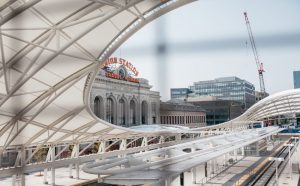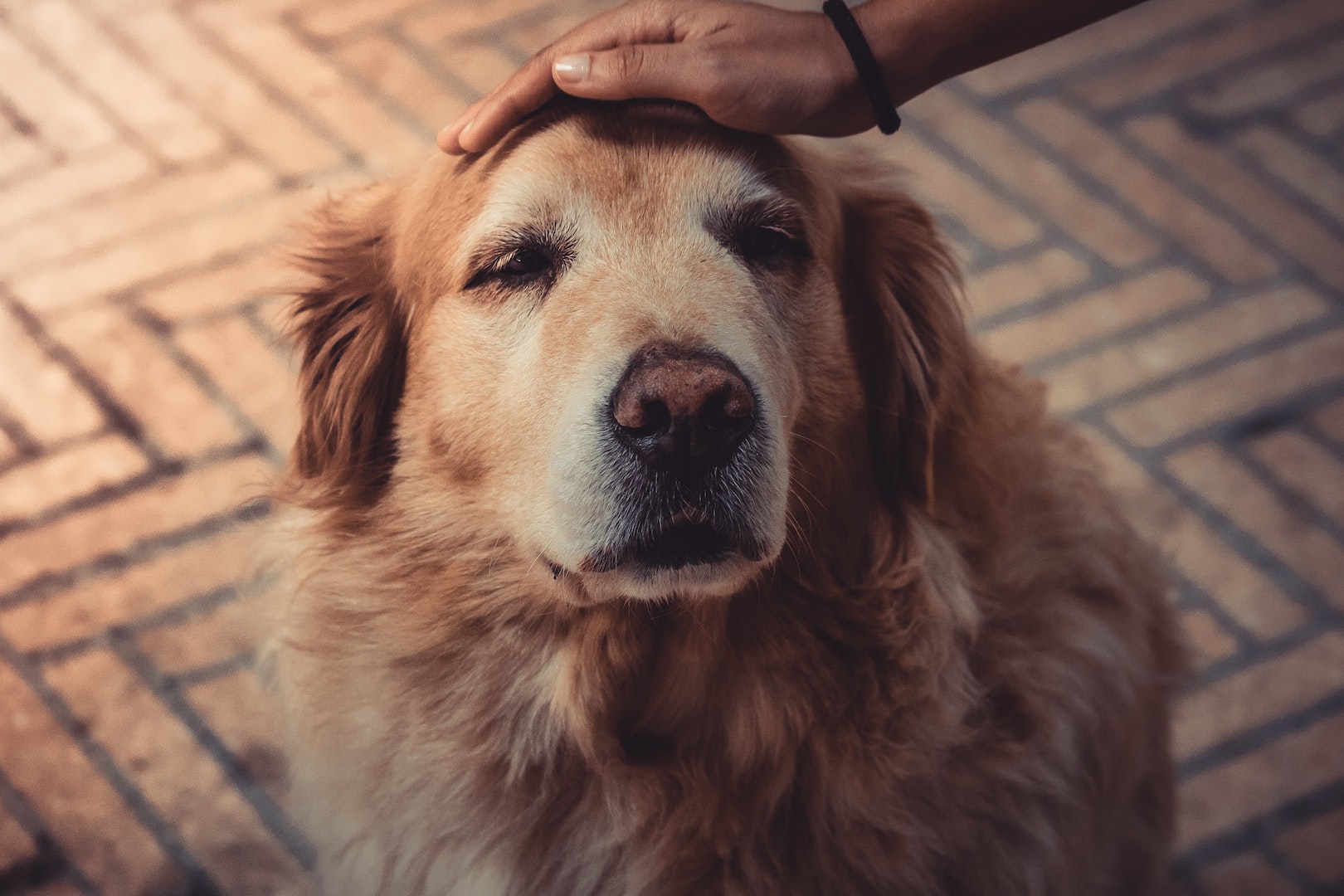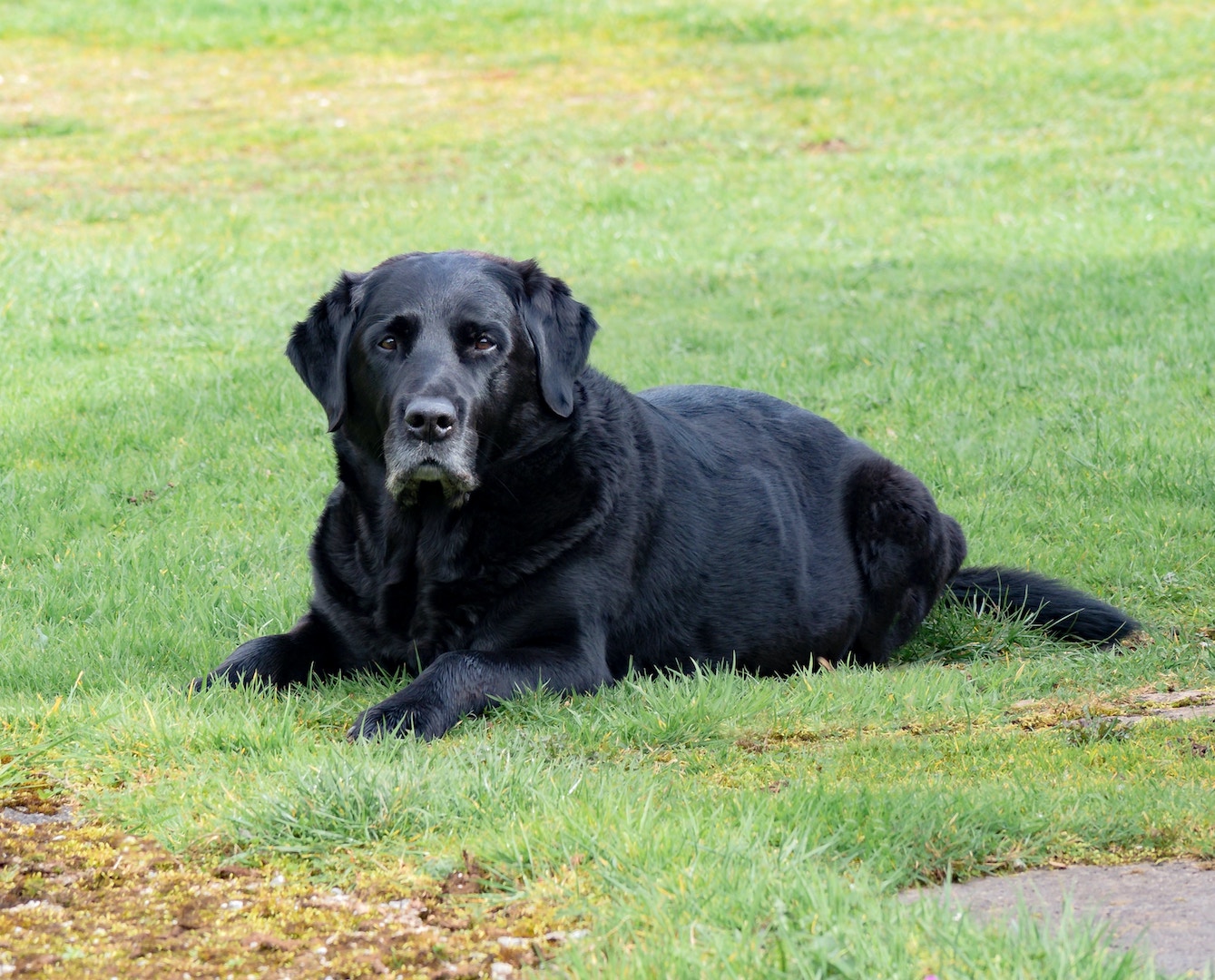Words by Michael Bennett
Photos by Lauren DeFilippo



A lot can change in a city in just a matter of years. If you took a trip to Union Station in downtown Denver five years ago, things would have looked much different. Today the sprawling development west of the historic Union Station is a showcase of long-lead urban development and renewal.
On a recent TEDxMileHigh Adventure, Ken Schroeppel, founder and administrator of the DenverInfill and Director of Professional Engagement/Instructor in the Master of Urban and Regional Planning program in the College of Architecture and Planning at the University of Colorado Denver, led a group of Adventurers on an in-depth walking tour of the Denver Union Station and surrounding neighborhood development.
The group met at the front of the historic Union Station building on Wynkoop Street, a great setting to learn about the overall history of Denver’s growth and the role rail transportation played in the cities maturation. Originally built in the 1860’s, the station served up to 80 trains a day at its height of use in the 1920’s and 1930’s. A decline in rail use in the 1950’s led to the station’s demise in the later half of the century.



The 1990’s brought new development to downtown Denver, including Coors Field and development of the land between Union Station and the highlands, including the Millennium bridge. In 2002, a development team was formed to start the vast undertaking of developing the neighborhood the TEDxMileHigh Adventurer’s now stood in.
From Union State, the group traveled to 16th Street to make our way to the Millennium Bridge. Along the way we stopped to admire the numerous new buildings popping up within the site. A unique feature that attests to the thought and consideration that the developers put into the plan is the public space that sits on the east side of the Triangle Building at 16th and Wewatta. Not only is it an open space for lunch and relaxation, but it forms a natural pass through for people leaving the train and heading to the Pepsi Center for events.
Once on the bridge, Ken highlighted how much the landscape had changed over the past 20 years. Today, high rent apartments and condos dominate the area. While this type of development is great for a city, it comes with pitfalls. The group considered the impact rapid urban development has on lower income residents. Often small amounts of apartments are reserved for the less fortunate, and thus a tricky situation is created.




From the bridge we made our way to the platform of the historic Union Station, one of the centerpieces of the development. Next spring, commuters rails to the airport will arrive here along with the Amtrak trains that already pull in on a daily basis.
While the Union Station development is quite remarkable on its own, walking the neighborhood with a knowledgeable thought leader like Ken, provided unique and tailored dialogue and insight into the broader topic of urban infill and city building.


















